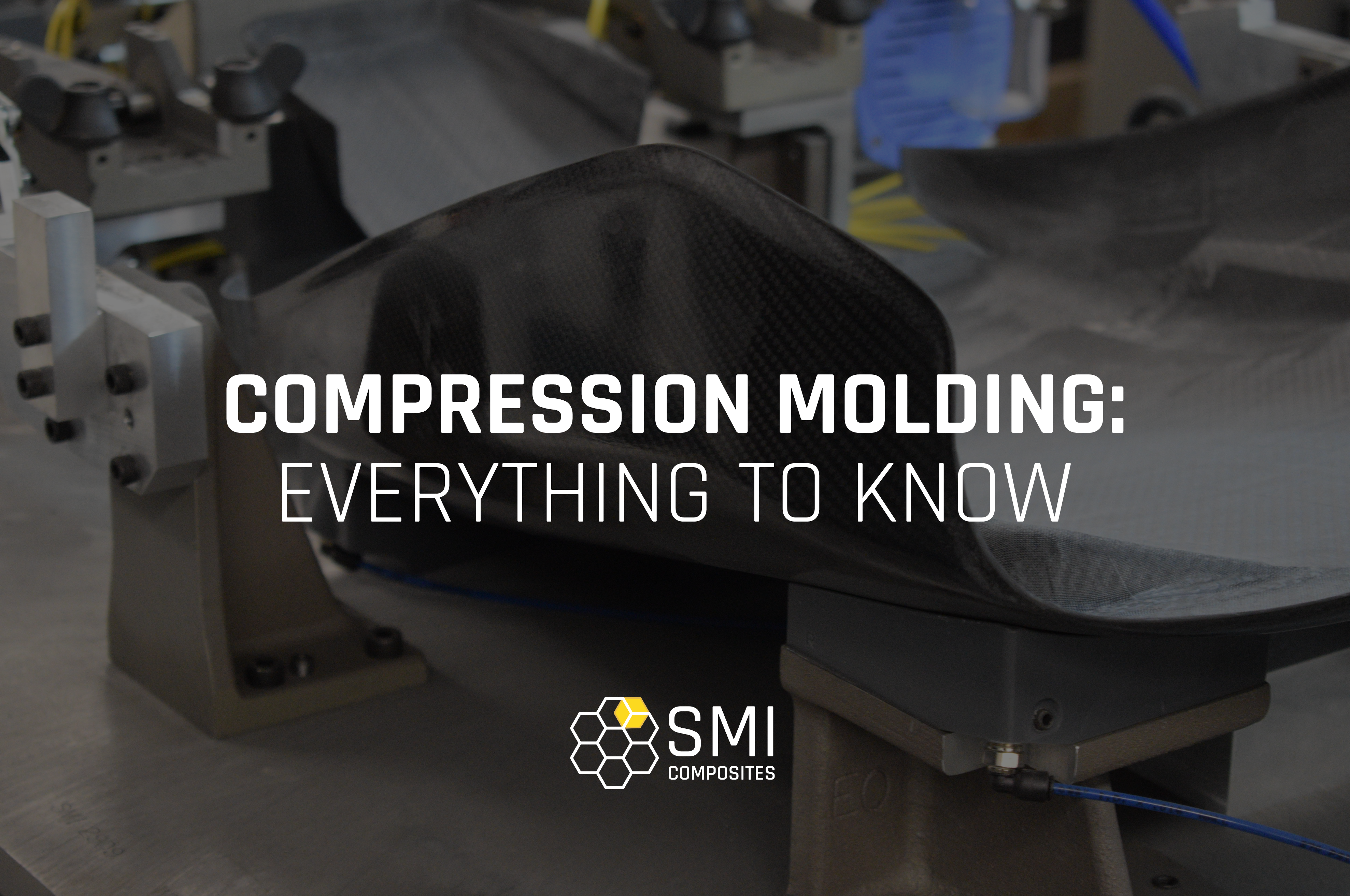
Leo Bakeland invented compression molding more than a century ago. The process of molding composite material has advanced considerably since those early years. Engineers use compression molding to manufacture everything from soft drink bottles to medical devices.
But what is compression molding and how does it work? We’ll explore those topics and more below.
What Is Compression Molding?
Put simply, compression molding refers to a method of molding materials where preheated polymers are placed in an open cavity. The mold is then closed using something called a top plug. This forces the polymer to take on the shape of the mold.
Common steps used include:
- Creating molds
- Setting up the machine
- Preparing charge
- Inserting charge
- Compression
- Removing finished piece
- Cleaning finished piece
For most uses, thermoset composites are commonly used. The resulting objects can vary in thickness and shape as needed. The flexibility of this process allows compression molding to be used across a wide range of industries.
You may have heard of injection molding. Therefore, injection molding is more suitable for shorter production runs.
Technicians inject heated plastic into the mold cavity. The injection process typically allows for a greater variety of injection materials.
Advantages
There are several unique advantages of this form of cast molding. So, here are a few of them.
Create High-Quality Products
Thermoset composites create light and strong products. They are also less corrosive than metallic parts.
Many parts that were initially manufactured from metal can be duplicated using compression molding technology. The results can closely match the geometry of the original metal part.
Minimal Waste of Material
The compression molding process creates minimal waste. This can be a huge advantage for companies that care about sustainability. Composite molding machines do not rely on runners, gates, and spruces that can allow molding material to leak.
Creation of Complex Parts
This allows manufacturers to fabricate complex parts. Many important medical devices like respirator masks and syringe stoppers rely on this technology. Faceplates, switches, and electrical sockets are also made using compression molding.
Fabrication of Large Parts
Does your company fabricate large parts? Many products that require bulk materials for manufacturing can benefit.
There are no significant limits on the weight of the part. The limit is on the size of the press.
Suitable for Small Production Runs
Compression molding is also a cost-effective solution for manufacturing small parts. The small the part, the less material is needed. A small part may only require a small molding machine.
Learn More Important Facts About Compression Molding
If you are looking for innovative design options, compression molding can help you bring your product delivery to scale affordably. Are you looking for a company that can deliver customizable engineering and design solutions?
SMI is committed to bringing our customer’s visions to fruition. We provide innovative solutions to complex engineering problems. So, contact our team today to learn more.
